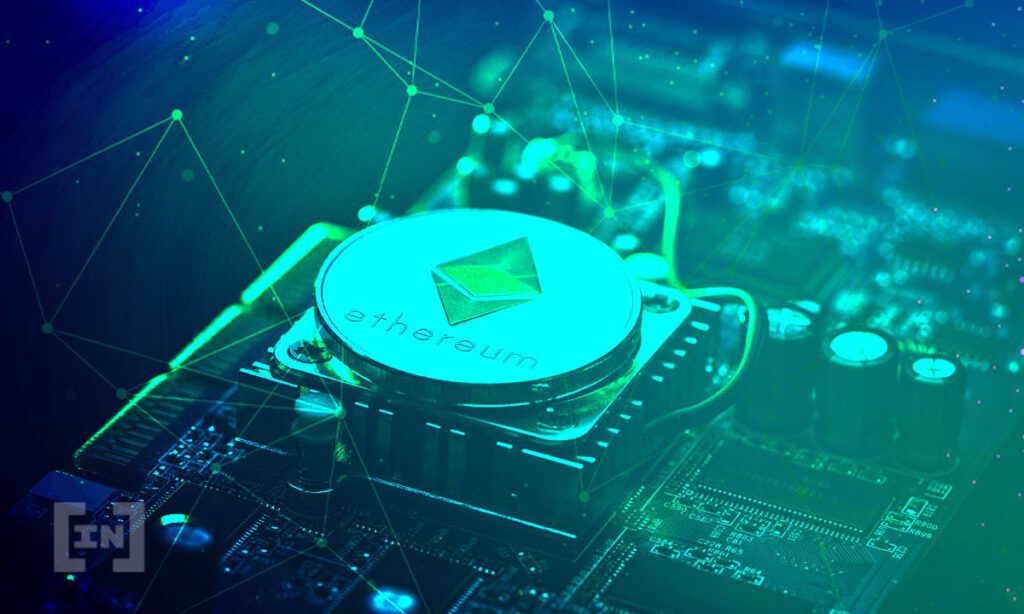Chandler Guo, a miner spearheading Ethereum’s PoW fork, says most Ethereum miners will face bankruptcy soon.
With the much-hyped Ethereum Merge now a thing of the past, Ethereum proof-of-work miners face an uncertain future. Once road builders on crypto’s busiest commercial highway, miners now find themselves forced into mining on the Ethereum PoW fork. Lead miner Chandler Guo believes most won’t survive.
Only miners with free or very cheap electricity are likely to survive, Guo said in an interview.
Some people [miners] have free electricity and can [continue] to work on that,” Guo said. “The other 90%, bankrupt.”
According to Tom’s Hardware, unless miners flocking to proof-of-work coins use the Nvidia GeForce RTX 3090 and the Radeon RX 6800 and 6800 XT with an electricity cost of $0.10 per kilowatt-hour, they won’t be profitable. This configuration will yield about $0.06 daily after electricity costs.
News of a rebel proof-of-work developer contingent surfaced in early Aug. 2022, when Guo tweeted that an Ethereum Proof-of-Work fork was in the works. A proof-of-work fork would help those that secured the previous Ethereum network to continue working after Ethereum completed its transition to a proof-of-stake validation model instead of allowing up to $5 billion worth of Ethereum proof-of-work equipment to go to waste.
ETHPoW struggling
The new network still has teething problems, with some users experiencing issues connecting a crypto wallet to the network. “Some people can connect, some people cannot connect. It depends on your speed of the network,” Guo advised.
But even with the Merge complete and the new fork active, Guo rates it as a 5 out of 10, with hopes that the fork’s pedigree will improve as more miners join the community. Several mining pools said they would join ETHW, the new blockchain, including F2pool, Poolin, btc.com, Antpool, and e4pool.
The new proof-of-work token is down almost 94% from its all-time high of $141.36, according to CoinMarketCap, trading at $8.79 at the time of writing.
Hashrate pressure on ETC
Immediately after the Merge, miners flocked to coins still using the proof-of-work method, causing a spike in the hashrate and associated difficulty on the coins’ networks. The difficulty of successfully creating new blocks of transactions and broadcasting them to the network increases as the online computing power, dubbed “hashrate,” increases. This increased difficulty also means a lower likelihood of creating new digital assets on these networks, reducing the revenue miners can earn. Rewards for Ethereum Classic, a blockchain that remained after the Ethereum community parted ways in 2016, dwindled as miners flocked there after the Merge.
“As suspected, too many ETH miners switched over to ETC,” tweeted Ethan Vera of Luxor Technologies, a Seattle-based mining services organization.
Luxor Technologies has been a vocal critic of the Merge.
For Be[In]Crypto’s latest Bitcoin (BTC) analysis, click here.
Disclaimer
All the information contained on our website is published in good faith and for general information purposes only. Any action the reader takes upon the information found on our website is strictly at their own risk.


